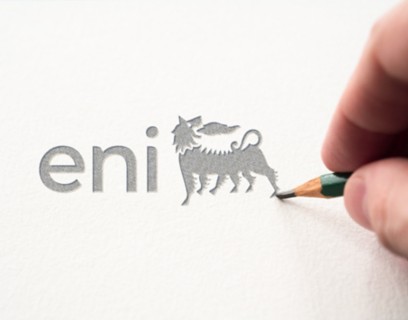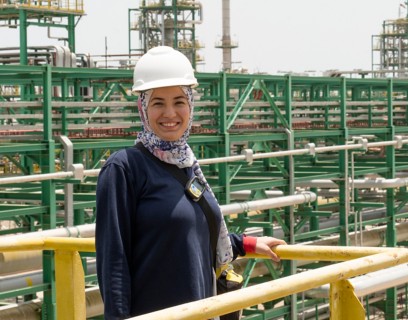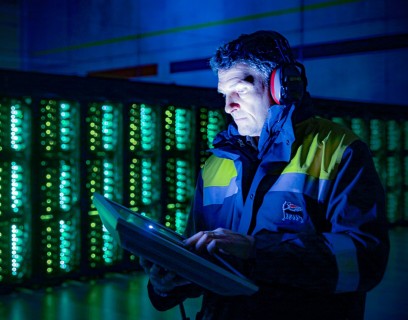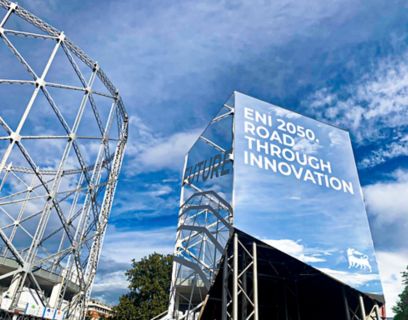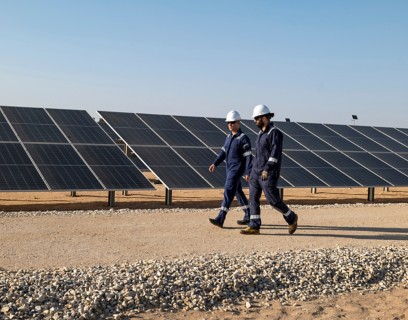- STORIES
MyEni Login
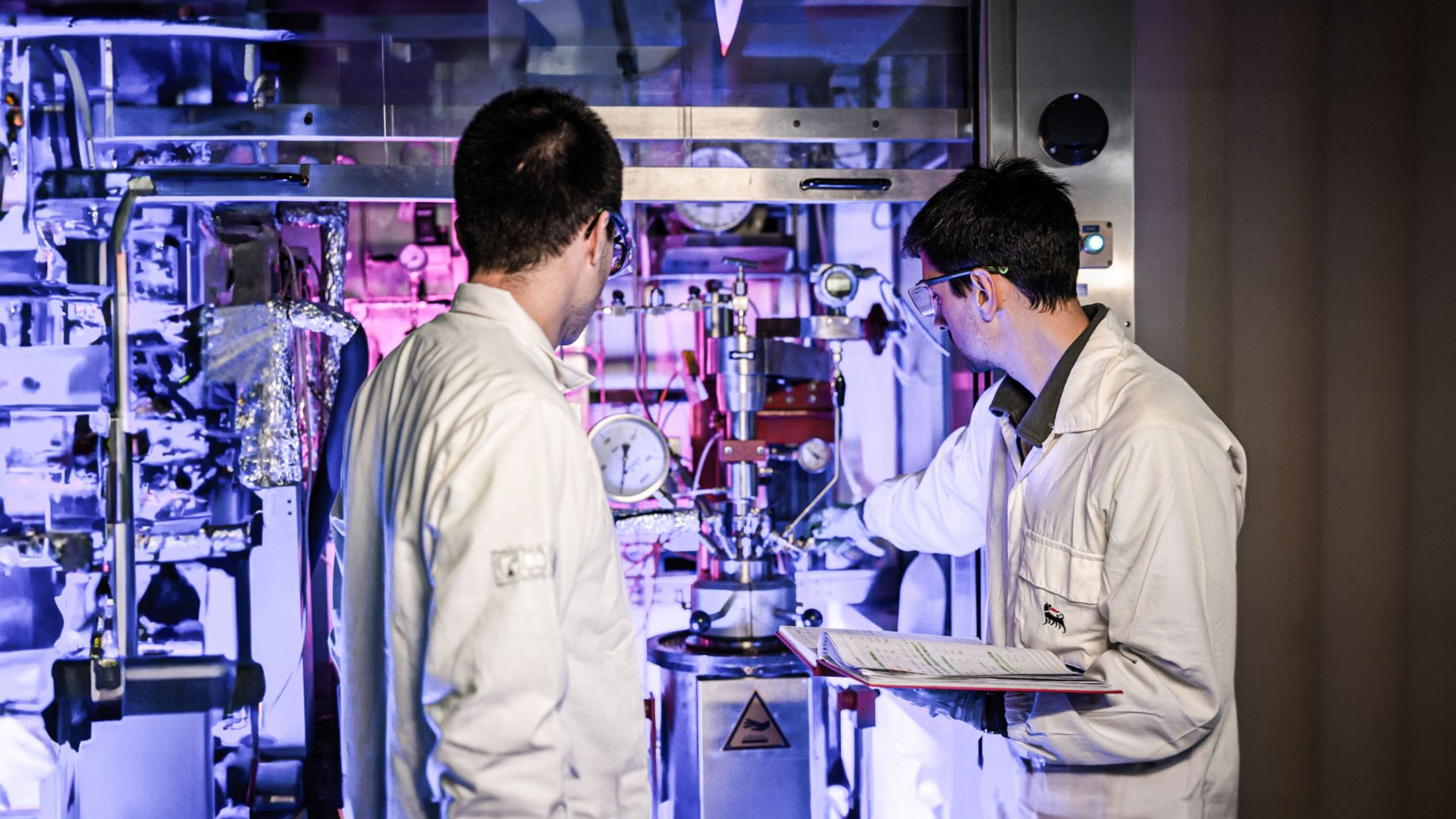
Eni’s research on CCUS technologies: an eco-friendly way to reduce CO₂ emissions
Technologies to capture, store and use carbon are gaining renewed interest as a solution to help decarbonise the global economy and reach climate neutrality, especially for industries that use large amounts of energy and don’t have many solutions to limit them.
Collectively known as CCUS – Carbon Capture, Utilisation and Storage – these technologies prevent CO2 escaping into the atmosphere from many industrial processes, and either store it permanently in deep rock formations (CCS) or convert it into useful materials (CCU).
Capturing the emissions uses technologies which either directly capture CO2 from the air or from sources such as industrial plants producing steel and cement. Once it’s captured, the CO2 is then transported to where it can be:
- Permanently stored in underground rock formations, or
- Utilised (reused) as raw materials for products such as biofuels, chemicals and building materials.
Image credit: International Energy Agency (IEA 2020)
Image credit: International Energy Agency (IEA 2020)

Big ideas, big benefits
While the technologies behind CCUS are proven and have been used in the industry for years, Eni’s Research & Development teams are focusing their work on continuously innovating and upgrading the technologies related to each phase of the CCUS chain.
To this extent, Eni is for example the consortium leader of the HyNet North West Project, helping to transport and store CO2 permanently in its exhausted offshore hydrocarbon reservoirs in the North West of England and North Wales. This area is one of the UK's most important industrial regions, as well as one of its most energy-intensive industrial districts.
Carmela Sarli, R&D Business Partner Natural Resources at Eni, outlines the ongoing projects, current priorities and future goals.
Q: Why does Eni believe in CCUS as a lever for decarbonisation?
A: To combat climate change, it’s necessary to limit the increase in the earth's average temperature to within 1.5°C as recommended by COP-26 in Glasgow.
The scientific community is well aware that there is no single solution to reach this target. Instead, it is necessary to implement a whole series of actions.
CCS and CCU technologies are a part of Eni’s decarbonisation strategy, together with the right mix of renewables and natural gas, energy savings generated by increased efficiency, and the protection and conservation of forests.
Q: When it comes to CO2 Usage, what’s one good example of technology Eni is looking into?
A: Eni developed a proprietary technology permanently fixing CO2, into natural mineral phases to produce a Supplementary Cementitious Material (SCM). This technology, called Carbon Capture and Mineralisation (e-CCM) is now in an upscaling phase in the framework of a collaboration with Holcim. Together, the two companies plan to set up a demonstration plant to test the reduction of the CO2 footprint of cement and the integration of this innovative solution in cement plants.
Q: What led to the prioritisation of Eni’s R&D on Carbon Mineralisation Technology?
A: The answer is in two main reasons:
- it shows the greatest potential in climate benefit terms because it allows permanently fixing CO2 by making it react with a natural phase. It cannot escape back into the atmosphere.
- is a promising solution to decarbonise the highly emissive industries and hard-to-abate sectors — in particular the cement industry — given that the product obtained from the e-CCM process can be integrated into the cement production cycle.
Q: Eni recently received the patent for the carbon mineralization process: how is this optimised for industrial use?
A: The natural chemical weathering process is the underlying inspiration for the technology. These processes occur spontaneously in Nature. Silicate minerals (containing magnesium, calcium, and/or iron) react with CO2 to form very stable, inert, and non-toxic carbonate, in which CO2 is permanently fixed.
This feature, combined with the wide availability of suitable minerals, makes CO2 mineralization very attractive among the different CCU options. Among various substrates, we focused our attention on Olivine, which is a magnesium-iron silicate available worldwide. It has the highest uptake of CO2, fixing it in the form of magnesium-iron carbonate.
Working with finely ground Olivine in an aqueous slurry and with medium-high CO2 pressure, we have optimised the reaction conditions: the innovation of our research consists in reaching the rapid conversion of the mineral in a short time and in relatively mild conditions, making the e-CCM process suitable for industrial application.
These properties — confirmed by various specialised third-party laboratories — allow the formulation of cement, paving the way for its potential spread in the market.
Q: With regards CCS, would you share more about Eni’s monitoring studies?
A: We have a lot of experience in monitoring, coming from the conventional upstream activities, and we are developing innovative technologies for monitoring purposes.
In the framework of safety, environmental protection and maximum operational efficiency, Eni is developing the concept of distributed robotics for the monitoring and management of its plants to replace the human operator in an efficient and safe way. And the collected data will be of great value for management and maintenance with continuity and reliability.
We have developed drones able to fly above the plants and also move within tanks. The drones can carry various sensors, cameras, including thermal imaging cameras, to monitor the plants and report anomalies. These act as virtual operators of the plant.
In addition, for the environmental monitoring of our CCS projects, we will use Clean Sea: an underwater robotic system patented and developed by Eni. These autonomous robotic vehicles have the ability to adapt and change their tasks, thanks to a wide range of interchangeable tools for monitoring water conditions and underwater installations.
Conclusion
Achieving the total decarbonisation of products and processes by 2050 is a big challenge, requiring research and new technologies. CCUS innovations could be a major step in the right direction. With the goal of deploying more CCUS solutions as part of our strategy, in the days, weeks and years to come, Eni will continue to work on innovative projects, partnerships and collaborations.
The author: Sreeparna Das
Sreeparna Das is an independent consultant with a Master's degree in Chemistry and 13 years of experience in the specialty chemicals industry. She is a published writer and a communications specialist in the field of sustainability, low carbon technologies, and circular economy.
Eni.com is a digitally designed platform that offers an immediate overview of Eni's activities. It addresses everyone, recounting in a transparent and accessible way the values, commitment and perspectives of a global technology company for the energy transition.
Discover our mission

